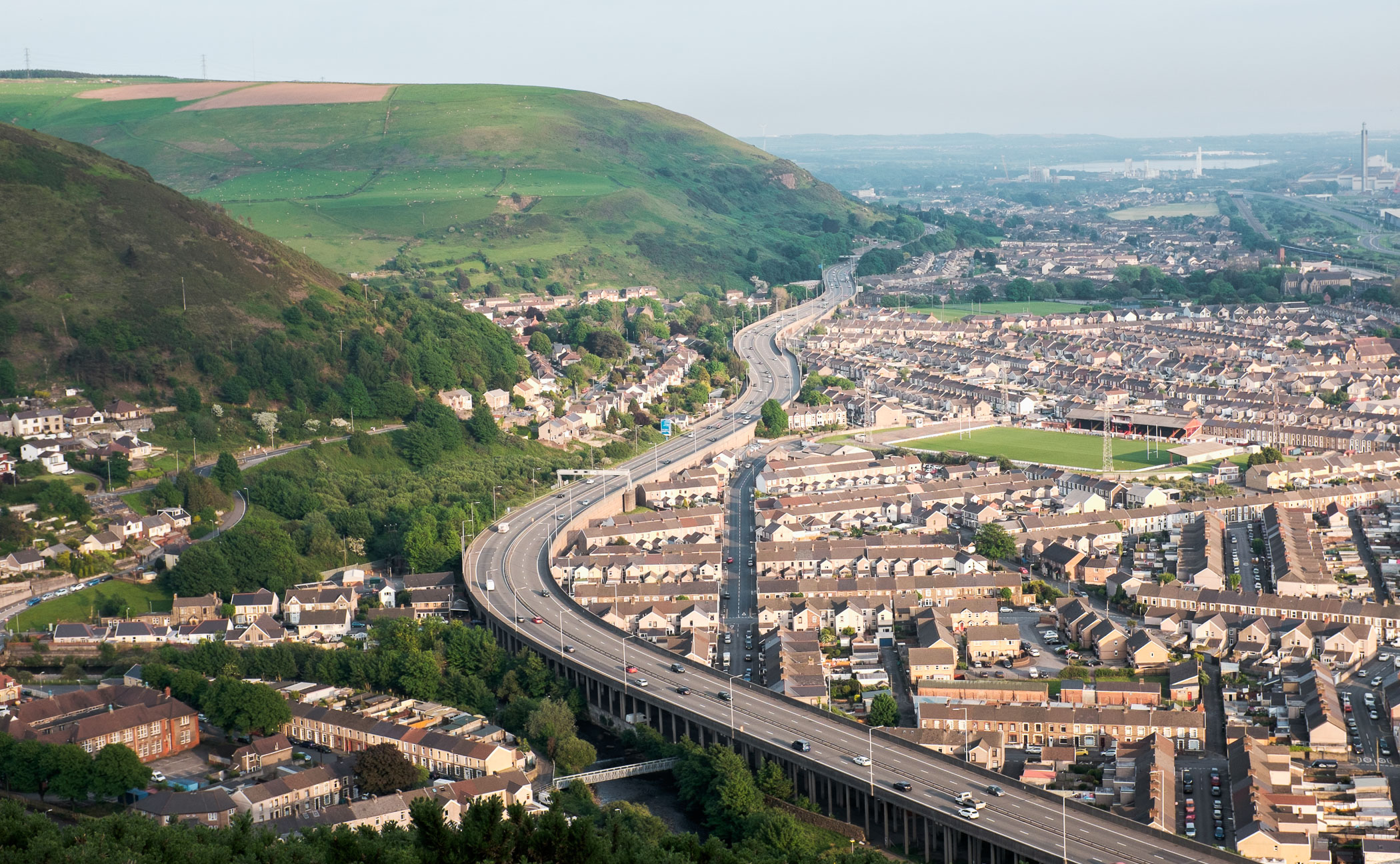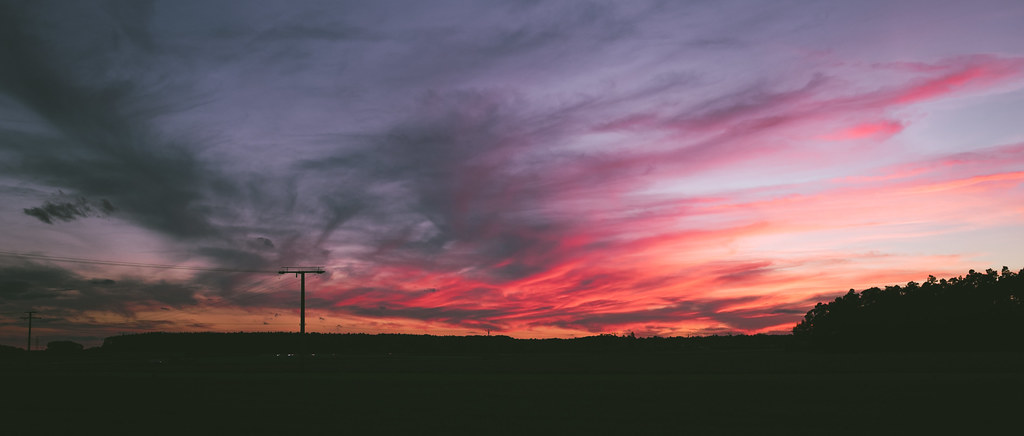Fujifilm X100F HACK: How to Convert Old WCL-X100 and TCL-X100 into Version II with Magnets :)
When Fujifilm launched the Fujifilm X100F, they also annouced a new TCL-X100 ver.II and WCL-X100 ver.II.
This second version of the WCL and TCL are optically identical to the first generation. What changes, though, is that inside the WCL and TCL ver.2, there is a little magnet, placed in different positions. These magnets allow the Fujiiflm X100F to automatically recognize if the WCL or TCL is attached, since they are designed to match one of to two magnets placed inside the 23mm lens of the X100F.
That’s handy :)
Now, if you already own the first generation WCL or TCL, you might not have to purchase the second version WCL or TCL, to enjoy this feature.
In fact, FR-reader Haoyuan came up with a “hack”, that makes the old WCL/TCL recognizable by the X100F. You just need 2mm x 1mm magnets, an electrical tape (or a Blu-Tack Adhesive), Plastic Tweezers, Sharpies, and a permanent adhesive (optional). And how exactly does it work? Well, jump over at haoyuanren to find out more :)
I wish you guys a GREAT weekend :)
![]() Facebook, RSS-feed and Twitter
Facebook, RSS-feed and Twitter
Another one Hacked it too, using the magnet that comes with the X100F box and a gaffertape. You can’t do it cheaper :)
DIY Fuji X100F Conversion Lens Fix (WCL + TCL) at Kyle Johnston youtube




